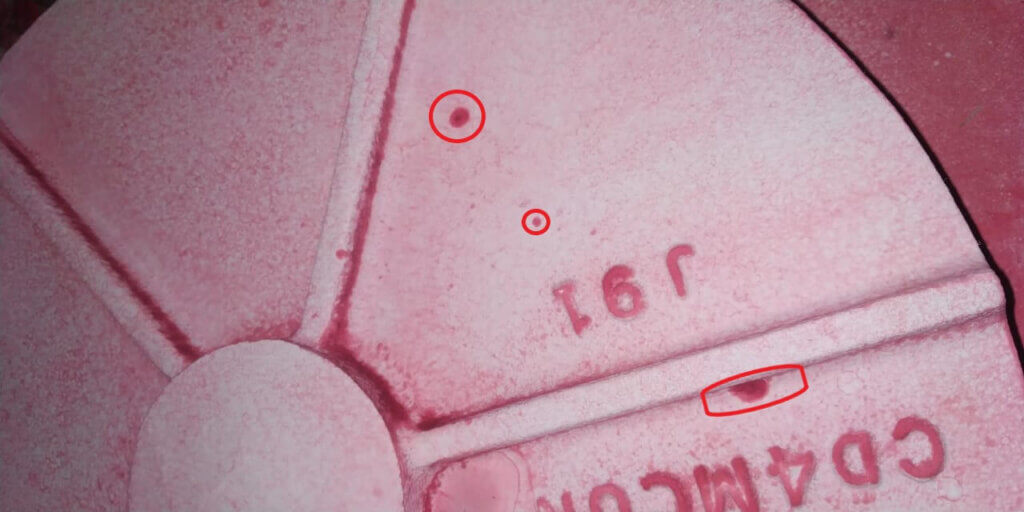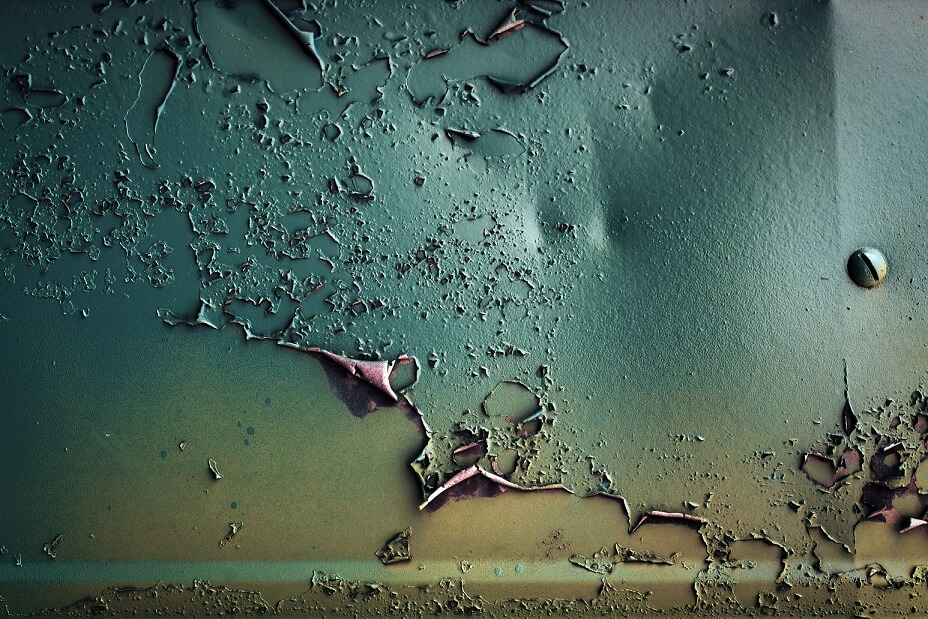In PT- Preparation & Pre-cleaning of Test Objects is an important step in the test process because only when penetrant is placed on a clean, dry surface will wet the surface properly and migrate by capillary action. this capillary action causes the liquid to enter discontinuities that are open to the surface and flow up or down into the opening. In this blog, we will learn different ways of preparation and precleaning of test objects.

Liquid penetrant testing is a versatile non-destructive test method used for the detection of OPEN TO SURFACE DISCONTINUITIES in a wide variety of solid, non-porous materials. This method is also known as dye penetration testing. It is economical, versatile, and requires minimal training when compared to other NDE methods. It basically involves the application of Penetrant on the testing surface, allowing it on the test surface for a period of time, and application of the developer after cleaning the Penetrant completely from the test surface. The test results indicating the presence of Discontinuities not visible by unaided human eyes. The principal phenomenon in liquid penetrant testing is Capillary action.
To learn more about Penetrant Testing Read our blog:
Preparation of test objects:
The properties of the test object determine the type of surface preparation that will be used. Nickel alloys, certain stainless steels, and titanium have an affinity for specific elements like sulfur or chlorine and if exposed to them may become structurally damaged. In all cases, the test object must be free of any foreign material that will interfere with the test and must be completely dry.
Certain cleaning and finishing operations are prohibited before liquid penetration tests as they may smear metal and close the surface openings of discontinuities. These operations may include power wire brushing, grit blasting, and shot peening but can also include other metal smearing operations.
Typical industry specifications prohibit operations that could close or mask surface openings before liquid penetrant testing some specifications also require a specific method to remove any such smeared metal, such as an approved acid etching process. A smooth surface is preferred but liquid penetrant testing can be satisfactorily performed on welded surfaces, relatively rough castings, and a wide variety of surface finishes using the properly designed penetrant materials and proper techniques for excess penetrant removal.
Precleaning of test objects:
There are many satisfactory Precleaning methods depending on the test material condition and the condition of the surface of the test object. All cleaning methods must meet local environmental, health, and safety requirements and cause no harm to the test object. Many liquid penetrant testing procedures have specific requirements for types of Precleaning operations. As a minimum, all the test objects are wiped clean with an approved solvent, and the solvent is allowed to dry completely.
Precleaning and post cleaning equipment
Proper cleaning is essential to liquid penetrant testing for two reasons.
- If the test object is not physically and chemically clean and dry, penetrant testing may be ineffective.
- If all traces of penetrant materials are not removed after the test, they may have a harmful effect after the test object is placed in service.
The cleaning processes commonly used with penetrant testing are discussed in the following sections. Unless the cleaning methods and chemicals are known to be compatible with the penetrant a final cleaning should be done with the solvent recommended by the manufacturer.
Solvent Cleaning:
Solvent cleaning may use tanks of immersion, or the solvent material may be sprayed, brushed, or wiped on and wiped off. Solvent cleaning is the process most commonly used for spot inspections. However environmental, health, and safety concerns are making detergent cleaning and steam cleaning more attractive options. A solvent cleaner must evaporate readily and completely from the surface and form surface connected discontinuities’. Solvent cleaners should be used to remove organic contaminants.
Detergent Cleaning:
Immersion tanks or and detergent solutions are common means of accomplishing the cleaning required by liquid penetrant tests. The detergents wet, penetrate, emulsify and saponify (change to soap) various soils. The only special equipment requirement imposed by penetrant test cleaning is the need for suitable rinsing and drying facilities. When thoroughly rinsed and dried, detergent cleaning leaves a test surface that is physically and chemically clean. Detergent cleaners should have a combination of detergency (cleaning) dispersion, emulsifying, foaming, solubilizing, and wetting properties.
Vapor Degreasing:
Vapour degreasing is effective in the removal of oil, grease, and similar organic contamination. However, there are restrictions as to its use before and after liquid penetrant testing. Safety and environmental concerns have virtually eliminated vapor degreasing. Degreasing must be limited to those materials that have been approved for this method of cleaning. Vapor degreasing removes organic soils from both the surface and cracks, evaporates completely and unlike water-based cleaners, does not require a rinse step or a drying (oven) step.
Steam Cleaning:
Steam cleaning equipment is particularly adaptable to the cleaning of large, unwieldy test objects not easily cleaned by immersion. No special equipment is required for steam cleaning of test objects destined for liquid penetrant testing. Steam with alkaline detergent provides ideal Precleaning conditions. The alkaline detergent emulsifies, softens, or dissolves the organic contaminants, and the steam gives the mechanical action to remove the alkaline detergent/contaminant from the test object.
Ultrasonic Cleaning:
Ultrasonic agitation is often combined with the solvent, detergent, or alkaline cleaning to improve efficiency and reduce cleaning time. Ultrasonic cleaning equipment is useful in the cleaning of large quantities of small test objects. In many cases, special approvals must be granted to use ultrasonic agitation.
Rust and surface scale removals:
Any approved commercially available acid or alkaline rust remover may be used for Precleaning. Required equipment and procedures are specified in the manufacturer’s directions.
Paint Removal:
Dissolving type hot tank paint strippers and bond release or solvent paint strippers may be used to remove paint in Precleaning. Required equipment and procedures are as specified in the manufacturer’s directions.

Photo by Tim Mossholder on Unsplash
Etching:
Test objects that had metal smearing operations, such as power wire brushing or sandblasting, or often require etching to prepare them for liquid penetrant testing. This process uses an acid or alkaline solution to open up grinding burrs and remove smeared metal from surface discontinuities. All acid or alkaline residues must be neutralized and removed before liquid penetrant testing. The etching and neutralizing processes use either tanks and immersion or manual equipment and materials.
Precleaning processes to be avoided:
Blast (shot, sand, grit, or pressure), liquid honing, emery cloth, power wire brushes, and metal scrappers should not be used on the test object before liquid penetrant testing. These processes tend to close discontinuities’ by smearing metal, peening, or cold working the surface. A hand wire brush may be helpful in removing rust, surface scales, or paint. Relatively fine bristle brushes should be used and light pressure exerted to prevent smearing of softer metals.
Drying test objects:
A very important step in the liquid penetrant testing process is to ensure all tested surfaces and all potential discontinuities are completely dry. If any liquid cleaner remains in the discontinuities, the penetrant may be unable to enter discontinuities and an inadequate exam will be performed. This is critical because the technician may not be aware that the penetrant did not enter the discontinuities.
Some liquid penetrant testing procedures require test objects that are cleaned with water receive a final cleaning with water-soluble solvents, such as isopropyl alcohol or acetone, to promote evaporation of water from discontinuities. Some liquid testing procedures require that test objects are oven-dried at temperatures up to 71 ﮲C (160 ﮲F). As a minimum, all surfaces should be allowed to dry by normal evaporation for a minimum of 5 min.
References:
ASNT Liquid penetrant testing classroom training book.
